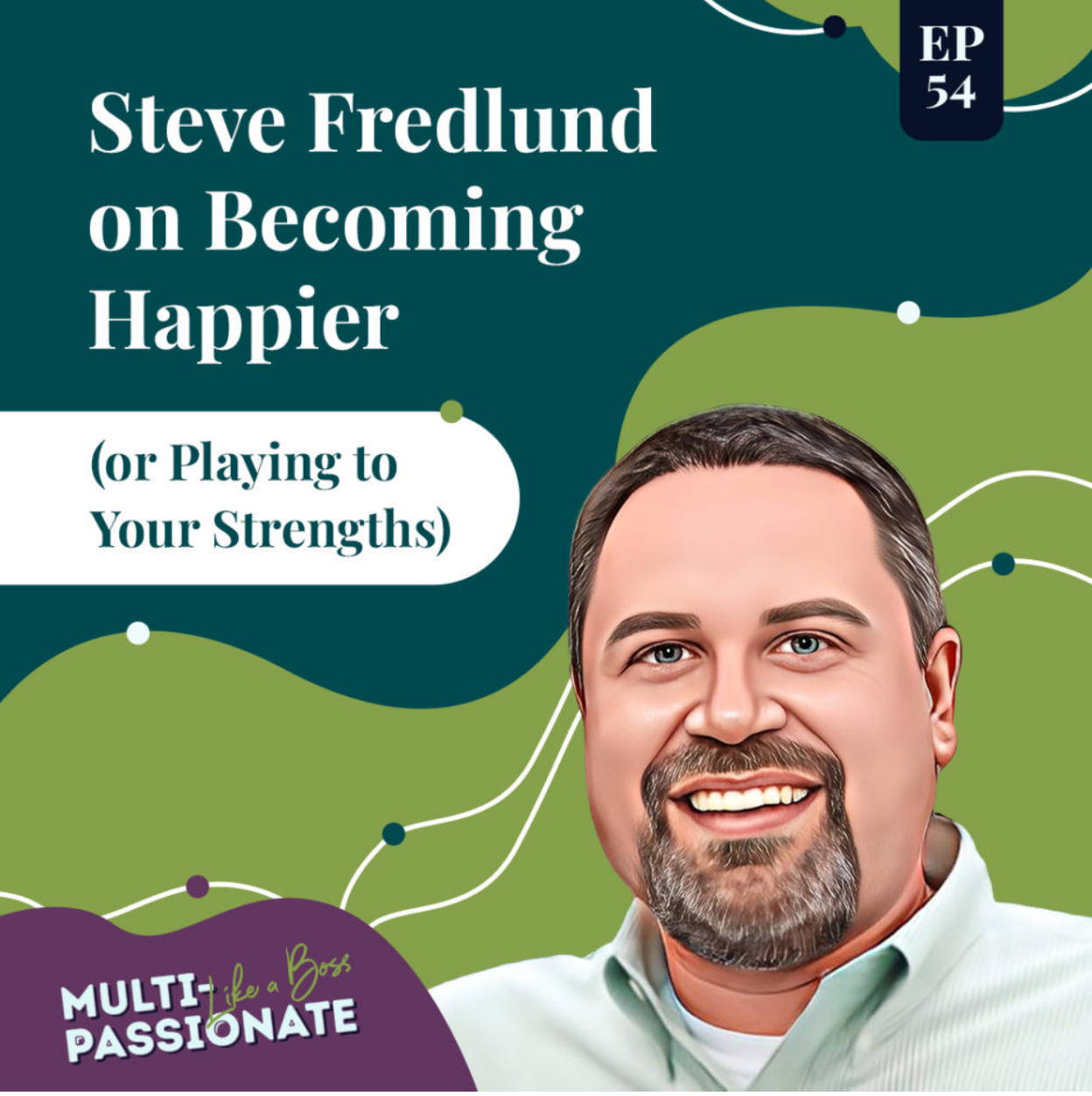How to Have More Positive Thoughts: 4 Exercises to Try

Norman Vincent Peale, in his book The Power of Positive Thinking, suggests that the way to happiness is to “keep your heart free from hate, your mind from worry. Live simply, expect little, give much.”
He suggests we try this for a week and tells us we’ll be surprised by the results.
While this is a nice idea, it seems a little oversimplified. It’s not always easy to keep an optimistic state of mind. Emotions like joy, contentment and gratitude typically only last a few minutes. And there are plenty of Facebook trolls, maniacal drivers and customer service reps who give zero fucks to propel you right back into the dark place.
Furthermore, positive thoughts are less intense and attention-grabbing than negative ones.
So what’s that about?
Survival of the . . . Negative?
The other day I told my mom that after several years, I’d decided to raise my copywriting rates.
Her response?
“I can see your clients saying they will find someone else to write their content.”
Well, damn.
Her reaction is a shining example of what’s known as our brain’s “negativity bias”— or our tendency to give more weight to crappy thoughts and feelings than to pleasant ones.
My mom doesn’t personally know any of my clients, so her stormcloud prediction isn’t based on an appraisal of their traits. So why’d she go straight to the worst-case scenario?
Short answer: biology.
The survival of early man directly depended on his skill at avoiding danger. The brain devised a system that made danger easy to spot, effectively making negative things — anything scary or dangerous — powerfully impactful. As we’ve evolved, this has created a tendency for our brain to react more strongly to negative stimuli and even suggests that reinforcement of the bad leads to faster learning.
This bias applies to decision-making as well. Research indicates that humans are more motivated by avoiding a loss (negatively-framed motivation) than by realizing a gain (positively-framed motivation).
So if it’s harder for our brains to muster and maintain positive thoughts, should we all give up and go back to bed?
Fortunately, there are exercises you can do to unravel centuries of neural conditioning and be sporting those rose-colored glasses by lunchtime.
Cause and Effect
Happiness researcher, B.L Frederickson, asserts that increasing your positive thoughts and experiences can cause them to compound, making you more awesome. How? It can lead to greater focus and sense of purpose, improved interpersonal relationships and increased immunity. People with these resources are more likely to overcome challenges and take advantage of opportunities, which is shown to lead to increased well-being, less incidence of depression and even longer life expectancy.
Furthermore, success and health are as much produced by positive thoughts as they are reflections of them. Optimism is, therefore, not only the cause of greater well-being but also the effect.
This means that the power to shape future outcomes lies in your hands.
So how do you override the brain’s natural tendencies and strengthen your happy muscles? Here are four stellar ways to be more positive in life.

Do Loving-Kindness Meditation
Meditation helps people self-regulate stress, anxiety and pain. It was the device used by Frederickson in her experiments to create positive feedback rather than gifts or treats because she believed that material rewards would cease to be a novelty and not elicit the same degree of happiness over time.
Meditation, on the other hand, can be adapted to personal preference to make it optimally enjoyable. And because participants can use the insights and skills developed during meditation to see a wider perspective and experience enhanced emotions, the benefits extend beyond instant gratification.
Loving-kindness meditation is an especially nourishing form of self-care. It helps to picture talking to the five-year-old version of yourself. You wish the very best for that little person and would never say any of the harsh things that so many of us say to ourselves a hundred times a day without even realizing. If it’s not your regular routine to set aside a few minutes to treat yourself with compassion, I invite you to change that.
New to meditation? Here are some guided experiences to get you started.
Try Something New
At its core, trying something new gives us the opportunity to enjoy something new. Yesterday you had 2,478 favorite things; today you have 2,479.
Booyah.
Not only that, experiencing new things prevents boredom and complacency. Novel experiences challenge us, and only by challenging ourselves do we grow. No one ever improved their lot in life without applying new and better ideas to the status quo.
So change things up a bit. Sign up for that cooking class you’ve been eyeing or download that belly dancing tutorial. You can even just take a different route home through that super cute neighborhood you’ve always wanted to explore or order something different off the menu at your favorite restaurant.
Pay it Forward
It turns out that loving your neighbor is a form of self-love too. This study divided participants into two groups and gave them money, instructing half of them to spend it on a friend, while the other half spent it on themselves. Scans of the participants’ brain activity showed that those who spent the money on others had more brain activity in the areas associated with altruism and joy and reported an increase in positive thoughts and happiness after the experiment was over.
The best part? The gesture doesn’t have to be big to still produce massive warm fuzzies. Carry in the grocery bags for an elderly neighbor, drop a few quarters into someone’s expired parking meter, and ride the wave of do-gooding all the way into the weekend.
Rewind
My chiropractor and friend, Dr. Tanya, has a neat habit. Whenever she finds herself in a funk, she does what she calls a “rewind.” She rolls back the film reel of her mind to the most recent time when she felt super amped and positive and then recreates it from the ground up. She listens to the same playlist, calls the friend she was chatting with during her last happy moment or plays the podcasts that always uplift her. By shifting her entire state of being to the last time she was viscerally happy, she changes her brain’s focus from the negative to the positive. And this is all it takes to shift her reality.
Try this today for yourself by creating a “Happiness Playlist.” Include any song that compels you to rock out or sing at the top of your lungs. You know the ones I mean. Brain imaging studies show that our favorite songs release an influx of dopamine, serotonin, oxytocin and other chemicals that make us feel good.
Then bust a move and just try to stay in a funk.
I dare you.
Your Turn
What songs would you add to a collective Happiness Playlist?




